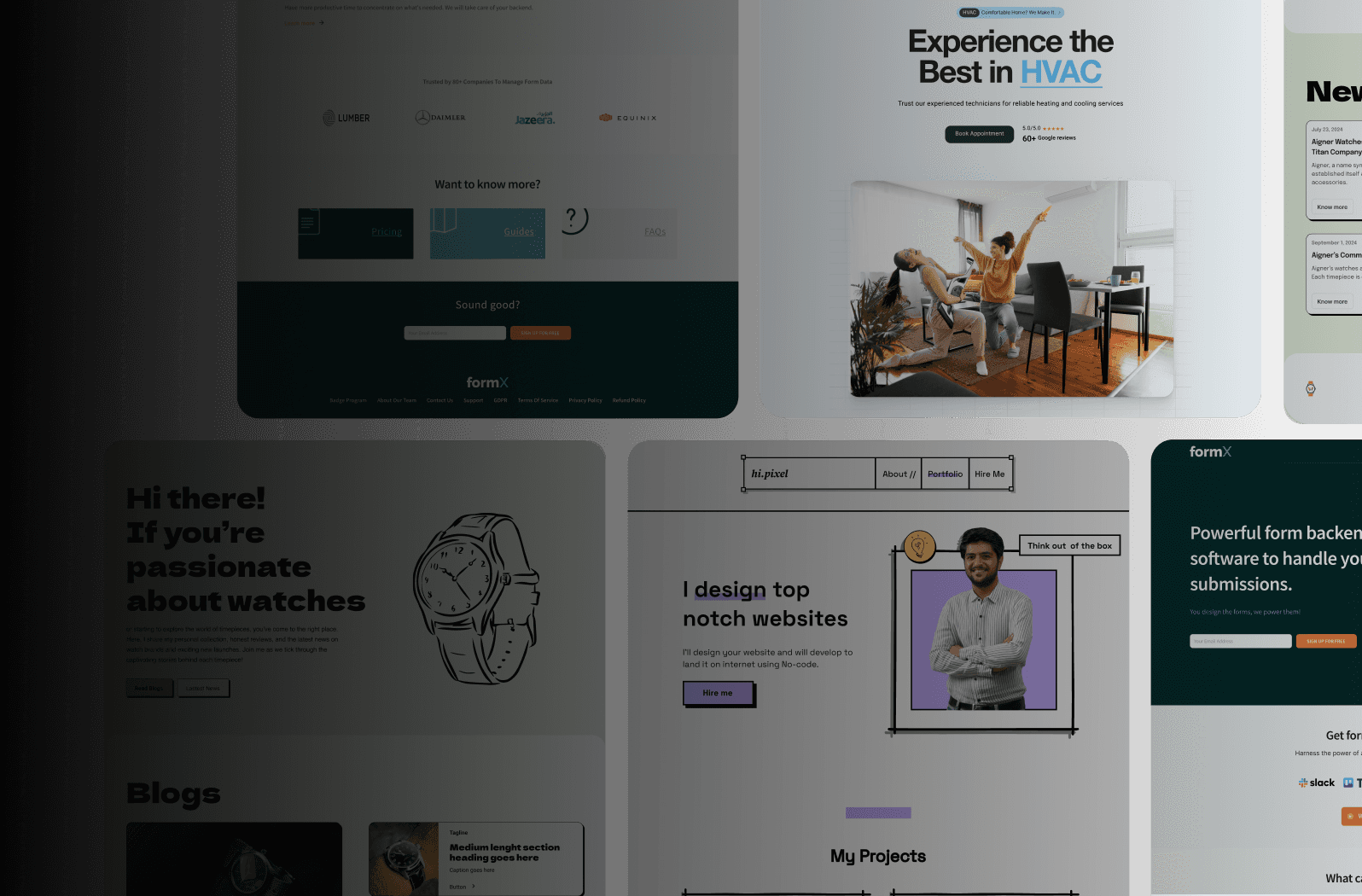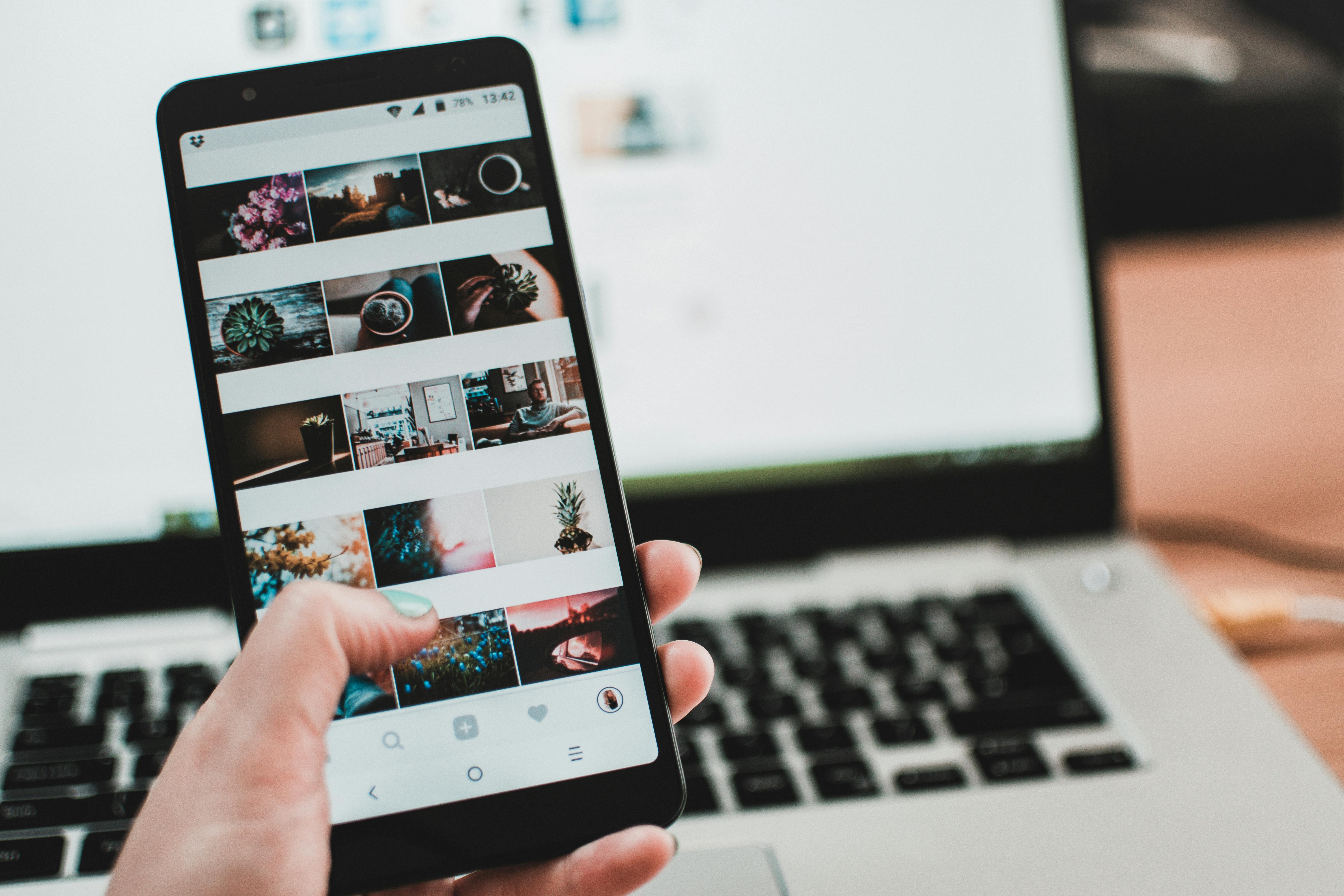2025's Top Website Design Trends
2025's Top Website Design Trends
Apr 21, 2025
Shaping the Digital Landscape of 2025: An In-Depth Exploration of Web Design
Are you aiming to create a website that truly distinguishes itself in 2025? This comprehensive overview reveals the top 10 design trends influencing the future of online experiences. From adopting minimalist design and dark mode to incorporating 3D elements and augmented reality, we will explore the crucial trends that are improving user engagement. Whether you're a startup, an established business, or a web design professional, these trends play a significant role in developing effective, modern websites. Discover how to integrate these trends to greatly enhance your online presence.
1. Minimalist Design
The core of minimalist design is simplicity and clarity. By removing non-essential elements, it provides a clear user experience. This design approach features clean layouts, ample white space, limited color schemes, simplified navigation, and a strong emphasis on typography. It supports faster loading times and improved responsiveness, which is particularly advantageous for mobile users, making it an ideal choice for businesses seeking a sleek, modern online presence.
Minimalist design offers clean, uncluttered interfaces, generous white space, and a limited color palette. It emphasizes typography and content hierarchy, resulting in faster loading times, improved accessibility, and a timeless aesthetic appeal. However, it may appear generic and is not suitable for content-heavy websites.
Examples: Apple.com, Google.com, Airbnb.com
2. Dark Mode Design
Dark mode design, featuring light text on dark backgrounds, offers both visual appeal and practical benefits. It aligns with user preferences and technological advancements, making it important for optimizing websites. This trend is particularly relevant for businesses aiming to deliver modern, user-friendly online experiences.
Dark mode design includes dark backgrounds with light text, high contrast for improved readability, and strategic use of accent colors. It reduces eye strain in low-light conditions and extends battery life on OLED displays. Nevertheless, it may reduce readability for lengthy content and requires careful color selection for accessibility.
Examples: Spotify, Twitter, GitHub, Medium
3. 3D Elements and Illustrations
3D elements add depth and dimension to websites, using technologies like WebGL and Three.js. They create engaging visuals and enhance storytelling, providing a distinct advantage in a competitive digital marketplace.
3D elements offer visually distinctive experiences and boost user engagement. However, they are performance-intensive and may not be accessible on older devices.
Examples: Stripe, Pitch, Apple, Bruno Simon's portfolio
4. Microinteractions
Microinteractions are subtle animations that improve usability and add personality to interfaces. They enhance user experience by providing context and confirmation during interactions.
Microinteractions feature subtle animations triggered by user actions, visual or haptic feedback, and smooth transitions. They improve usability and create engaging interfaces but can be distracting if not well-optimized.
Examples: Facebook, Google's Material Design, Mailchimp, Duolingo
5. Voice User Interface Integration
Voice User Interface (VUI) enables users to navigate websites using voice commands. This trend is expanding as voice assistants become more integrated into daily life.
VUI offers voice search functionality, speech-to-text input, and conversational interfaces, enhancing accessibility and interaction speed. However, it presents challenges such as implementation complexity and privacy concerns.
Examples: BBC, Domino's Pizza, Bank of America, Walmart
6. Neumorphism (Soft UI)
Neumorphism blends elements of skeuomorphism and flat design, creating soft, tactile interfaces. This trend provides a distinctive aesthetic with subtle depth.
Neumorphism features soft shadows, monochromatic color schemes, and a clean, minimal aesthetic. While visually distinctive, it has accessibility challenges and limited versatility.
Examples: Apple Music, Dribbble, apps with neumorphic controls
7. Asymmetrical Layouts
Asymmetrical layouts offer an alternative to traditional grid-based designs, creating dynamic, visually striking websites that guide user attention.
Asymmetrical layouts are visually distinctive and guide user attention but present design complexity and potential responsiveness hurdles.
Examples: Apple's product pages, Awwwards.com, Pentagram, Spotify
8. Glassmorphism
Glassmorphism adds elegance and depth to interfaces with a frosted glass effect, merging modern aesthetics with improved user experience.
Glassmorphism includes background blur and transparency, offering a modern aesthetic. However, it is performance-intensive and presents accessibility challenges.
Examples: Windows 11, macOS Big Sur, Spotify, modern dashboards
9. Augmented Reality Integration
Augmented Reality (AR) overlays digital content onto the real world, creating interactive experiences. This trend offers a unique way to engage customers.
AR enhances product visualization and creates memorable experiences but requires significant development resources and poses compatibility issues.
Examples: IKEA Place, Warby Parker, Nike, Sephora
10. Responsive Animation
Responsive animation adapts motion design to the user's context, ensuring a seamless experience across devices.
Responsive animation features viewport-aware animations and performance-based adaptation. It offers a consistent experience but increases development effort.
Examples: Apple, The New York Times, Stripe, Mailchimp
Trend | Implementation Complexity | Resource Requirements | Expected Outcomes | Ideal Use Cases | Key Advantages |
Minimalist Design | Low | Low | Clean, fast-loading interfaces | Content-centric, mobile-responsive sites | Enhanced focus, accessibility, timeless look |
Dark Mode Design | Moderate | Low to Medium | Reduced eye strain and battery efficiency | Sites used in low-light or OLED environments | Modern aesthetic; visual comfort |
3D Elements and Illustrations | High | High | Engaging, immersive visuals | Product showcases, interactive storytelling | Distinctive visuals; user engagement |
Microinteractions | Moderate | Low to Medium | Intuitive interfaces with feedback | Interactive apps, detailed user flows | Enhanced usability; added personality |
Voice User Interface Integration | High | High | Hands-free, accessible experiences | Accessibility tools, smart device apps | Inclusive design; innovative interaction |
Neumorphism (Soft UI) | Medium | Low | Tactile, soft visual appeal | Modern dashboards, control interfaces | Unique look; friendly aesthetics |
Asymmetrical Layouts | High | Medium | Dynamic designs guiding attention | Portfolios, editorials, brand sites | Distinctive layout; visual hierarchy |
Glassmorphism | Medium-High | Medium | Layered, translucent aesthetics | Modern UIs, dashboards | Sophisticated, modern look |
Augmented Reality Integration | Very High | Very High | Immersive, interactive experiences | Retail, e-commerce, product demonstrations | Innovation-driven; engaging brand experience |
Responsive Animation | Moderate |
Ready to take your animations to the next level?
Discover 2025's website design trends—from minimalist layouts to innovative AR. Upgrade your site's style now!
Ready to elevate your website? Let’s bring your vision to life with Framer.





